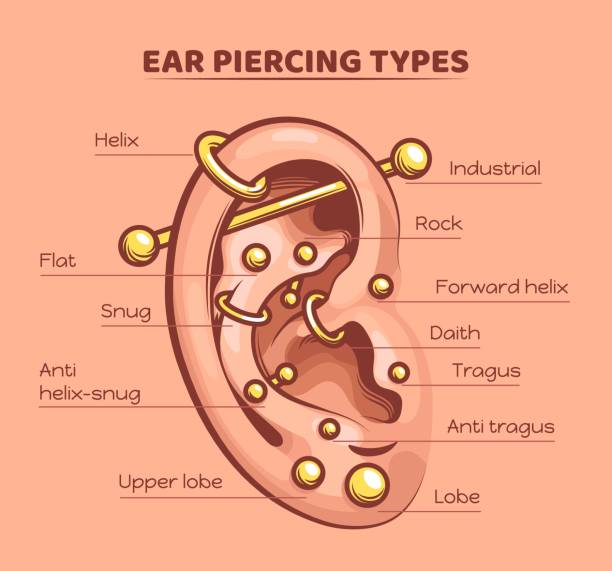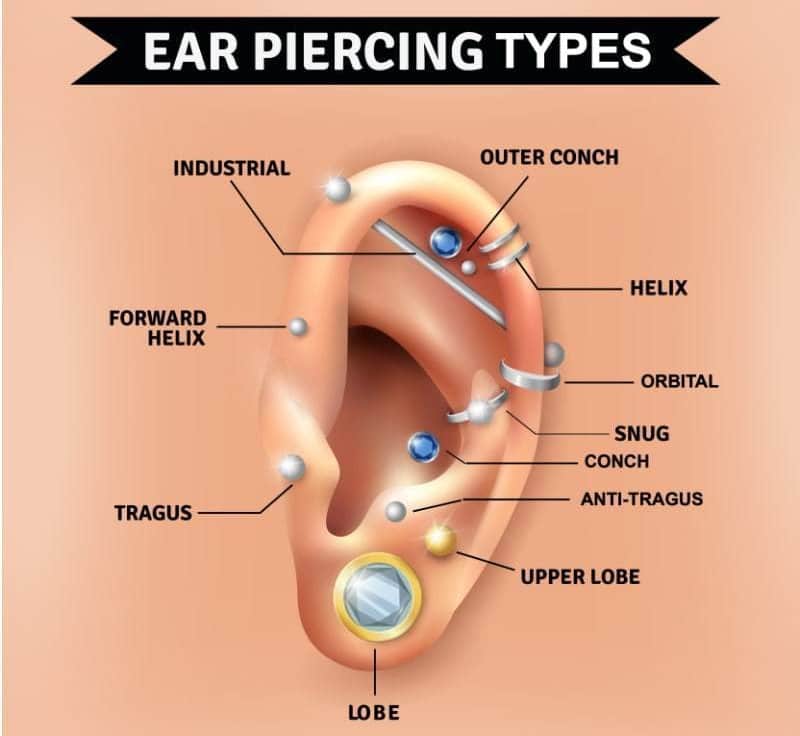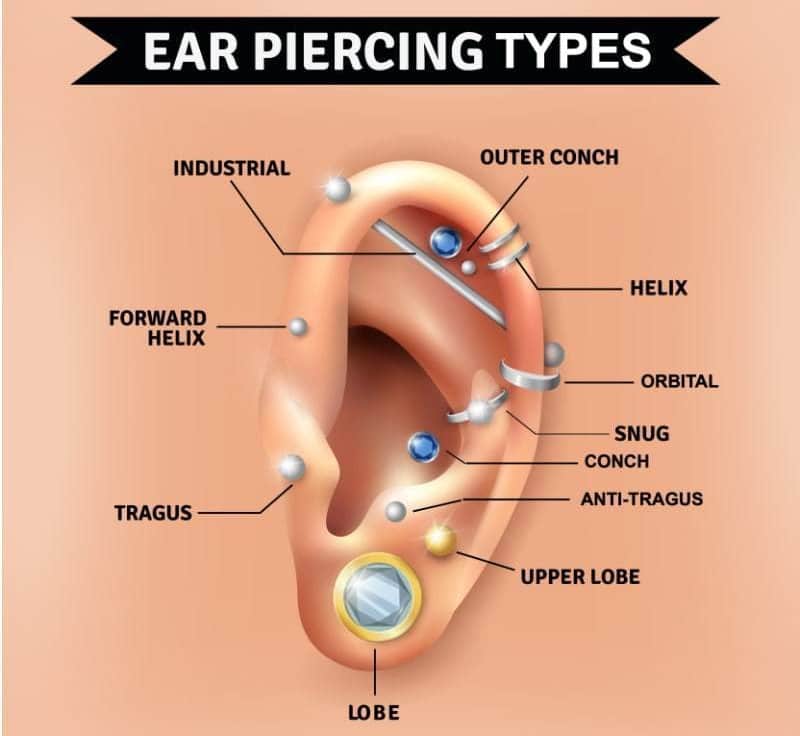AI in Education: Transforming the Learning Landscape

How AI is Transforming Modern Education: Key Innovations and Future Trends
Introduction
Artificial Intelligence (AI) is no longer a futuristic concept—it’s actively reshaping education. From personalized learning to automated grading, AI enhances efficiency, accessibility, and data-driven decision-making in classrooms worldwide. This article explores five major ways AI is revolutionizing education, along with future trends and real-world applications.
1. Personalized Learning Through AI
How AI Customizes Education
AI-powered adaptive learning systems analyze student performance in real time, adjusting content to match individual learning speeds and styles. For example:
-
Smart Tutoring Systems (like Carnegie Learning) provide step-by-step guidance in math and science.
-
Recommendation Engines (such as Duolingo’s AI) suggest lessons based on user progress.
-
Gamified Learning Platforms use AI to modify difficulty levels, keeping students engaged.
Benefits of Personalized Learning
-
Reduces Learning Gaps: Struggling students receive targeted support.
-
Boosts Engagement: Tailored content increases motivation.
-
Supports Self-Paced Learning: Students progress at their optimal speed.
Case Study: A 2023 study by the University of Michigan found that AI-driven personalized learning improved test scores by 34% compared to traditional methods.
2. Enhancing Teaching Efficiency with AI
Automating Administrative Tasks
AI eliminates repetitive tasks, allowing teachers to focus on instruction:
-
Automated Grading: Tools like Gradescope assess essays and coding assignments instantly.
-
Attendance Tracking: Facial recognition AI (e.g., ClassTag) logs attendance automatically.
-
Virtual Teaching Assistants: AI chatbots (like IBM Watson Assistant) answer student queries 24/7.
Impact on Educators
-
Saves 10+ Hours/Week: Teachers reclaim time for creative lesson planning.
-
Improves Feedback Quality: AI highlights areas where students struggle.
-
Reduces Burnout: Less paperwork = more energy for classroom interaction.
Stat: A 2024 EdTech Report found that 72% of teachers using AI tools reported higher job satisfaction.
3. Accessibility and Inclusivity in Education
AI-Powered Assistive Technologies
AI ensures education is accessible to all learners, including:
-
Visually Impaired Students: AI tools like Microsoft’s Seeing AI describe images via voice.
-
Dyslexic Learners: Apps like Speechify convert text to speech with natural voices.
-
Non-Native Speakers: Real-time translation AI (e.g., Google Translate) breaks language barriers.
Real-World Applications
-
Sign Language AI: Tools like SignAll translate ASL into text.
-
Adaptive Exams: AI modifies test formats for students with disabilities.
Quote: “AI is the great equalizer in education—it gives every student a voice.” — National Education Association (NEA)
4. Data-Driven Educational Strategies
How AI Analyzes Learning Data
Schools use AI for:
-
Predictive Analytics: Identifying at-risk students early (e.g., Civitas Learning).
-
Curriculum Optimization: AI suggests improvements based on student performance trends.
-
Resource Allocation: Schools allocate budgets based on AI-driven insights.
Success Stories
-
Georgia State University reduced dropout rates by 22% using AI advisement tools.
-
K-12 Schools in Texas improved pass rates by 15% with AI-powered tutoring.
5. The Future of Education with AI
Emerging Trends
-
AI + Virtual Reality (VR): Immersive history/science lessons via VR classrooms.
-
Lifelong Learning AI: Platforms like Coursera use AI to recommend career-focused courses.
-
Global Collaborative Learning: AI connects students worldwide for cross-cultural projects.
Challenges to Address
-
Data Privacy: Ensuring AI complies with FERPA/GDPR.
-
Teacher Training: Educators need PD on AI tools.
-
Equity Gaps: Avoiding AI bias in underfunded schools.
Prediction: By 2030, AI could reduce global education inequality by 40% (McKinsey, 2024).
6. AI-Powered Emotional Intelligence in Classrooms
Emerging AI tools are now incorporating emotional recognition technology to gauge student engagement and well-being. Systems like Affectiva and Microsoft’s Emotion API analyze facial expressions, voice tones, and even typing patterns to detect frustration, confusion, or disinterest. Educators receive real-time alerts, allowing them to adjust lessons or offer support. For example, a pilot program in California schools used AI to reduce student anxiety by 25% by identifying stress cues during exams. However, critics raise concerns about privacy and the ethical implications of “emotional surveillance,” emphasizing the need for transparent policies and student consent.
7. The Role of AI in Bridging the Global Education Divide
AI is democratizing education by bringing high-quality learning resources to underserved regions. Platforms like Kolibri and OneCourse use AI to deliver offline-capable, localized content in languages from Swahili to Bengali. In rural India, AI-powered solar-powered tablets provide STEM education without internet access, while in Sub-Saharan Africa, voice-based AI tutors assist students in low-literacy communities. Organizations like UNICEF report that such initiatives have improved primary school completion rates by 18% in partner regions. The challenge remains scaling these solutions sustainably—balancing innovation with infrastructure limitations and cultural relevance.
8. AI in Teacher Professional Development
How AI is Upgrading Educator Skills
AI isn’t just transforming student learning – it’s revolutionizing how teachers grow professionally. Cutting-edge platforms now offer:
-
Personalized PD Plans: AI analyzes classroom performance metrics to recommend targeted training (e.g., TeachFX for improving questioning techniques)
-
Virtual Coaching Assistants: Simulated classrooms allow teachers to practice strategies with AI-generated student responses
-
Real-Time Feedback Systems: Tools like Edthena use AI to analyze teaching videos and suggest improvements
Impact:
A 2024 Gates Foundation study found schools using AI-powered PD saw:
✓ 40% faster skill acquisition by teachers
✓ 31% improvement in student engagement scores
✓ 22% reduction in new teacher attrition
Challenge:
The “uncanny valley” of AI avatars in training simulations can feel unnatural to some educators, requiring careful design.
Conclusion
AI is not replacing teachers—it’s empowering them. From personalized learning to inclusive classrooms, AI makes education smarter, fairer, and more efficient. The future will see even deeper AI integration, but ethical implementation remains key.
Ready to explore more? Check out our related articles on Bloggings Hub











